It’s what their body whispers while you’re speaking.
The café was loud, plates chimed, and a cyclist flashed past the steamed window. Across from me, a friend told a story he’d never quite told before, eyes floating somewhere between the table edge and the memory. The man on the next table wasn’t with us, yet I watched him by accident: the micro-tilt of his head, the softening jaw, the way his shoulders stilled when my friend paused. You can feel when someone’s attention lands. It’s almost physical. The clues are tiny.
The quiet signals your body sends
True listening shows up first in how the body settles. Shoulders sink a fraction, the neck lengthens, the face unknots. There’s a gentler blink rate, a steadier breath, feet pointing towards you rather than the door. **Real listening looks calm, not performative.** You’ll notice eyes don’t stare; they float naturally between your face and the space where words hang.
Watch for timing. People who are with you nod a beat after your point lands, not before it. Backchannels — little “mm” or “yeah” sounds — appear in the gaps, not on top of your words. Observational studies suggest engaged listeners nod every few seconds, then go still during emotional moments. We’ve all had that moment when you finish a sentence and the other person doesn’t rush to fill it. That tiny, respectful quiet speaks louder than any script.
Why do these cues matter? Because listening is a nervous-system act as much as a social one. When attention is real, the body drops out of fight-or-flight and into a softer state: slower breath, unhurried micro-movements, relaxed hands parked on the table rather than fidgeting. Mirroring happens in small doses — a matching lean, a synced blink — and it feels unforced. The body says, I’m with you, I’m not scanning for exits, and neither do I need to perform.
How to show you’re truly listening
Angle your torso and feet toward the speaker, then soften your jaw. Let your eyes do a relaxed triangle — one eye, the other, the mouth — instead of a hard stare. Breathe in time with their sentences, then pause for half a beat before you reply. **Your job is to lower the noise, not to fill the space.** A small head-tilt and a late nod often land better than an eager chorus of uh-huhs.
Avoid overdoing the signals. Constant nodding can look like you’re trying to fast-forward them. The intense, unbroken gaze can feel like a searchlight. Don’t mirror everything — one or two echoes are warm; five are creepy. Let’s be honest: nobody does this perfectly every day. On video calls, sit back a touch, keep your hands visible, and glance at the camera now and then so your presence doesn’t vanish into the screen.
Here’s a simple test: notice what happens in your body when they pause. Do you lean in a little, or pounce with your point?
“Listening isn’t waiting to talk; it’s making room for what arrives when you don’t.”
Try this quick box of cues before your next conversation:
- Drop your shoulders and unclench your tongue.
- Point knees and feet toward the speaker.
- Let a two-second pause exist after their last word.
- Offer one genuine backchannel per idea, not per breath.
Listening you can feel
There’s a texture to attention you can sense across a room. It looks like small stillnesses, tiny delays, breath that follows rather than leads. It sounds like modest sounds — the soft “mm” not the sharp “yep” — and it settles the air. **Listening is a social signal of safety.** When people feel safe, they go deeper; when they go deeper, they edit less, and the story you’re actually trying to hear finally shows up.
Try noticing one cue a day. The head-tilt during a tough update. The way a friend’s eyebrows lift and stay there for a second after your last line. The colleague whose feet swivel back to you when you ask a real question. *It’s odd how attention can feel visible once you know where to look.* Share what you spot with someone you trust, and ask what they see in you. Small cues, big shifts.
| Point clé | Détail | Intérêt pour le lecteur |
|---|---|---|
| Late nods and soft eye triangle | Nods land after meaning; gaze gently moves between eyes and mouth | Helps you detect real processing vs. impatient agreement |
| Body stillness with open posture | Shoulders drop, hands visible, feet point toward you | Quick read on safety and non-defensive presence |
| Breath and blink synchrony | Breathing matches speech rhythm; blinks slow and align | Signals nervous-system attunement, not just polite interest |
FAQ :
- Isn’t nodding just nodding?Nods tell you more by when they happen. A late, smaller nod suggests processing; rapid-fire nods often mark impatience or social pressure.
- What about cultural differences?Eye contact norms vary widely. Weight the cluster of cues — posture, timing, stillness — rather than any single signal.
- How does this work on Zoom?Slight camera glances, visible hands, and clear backchannels help. Reduce on-screen fidgets and allow micro-pauses before you speak.
- Can neurodivergent people show different cues?Yes. Some mask or avoid gaze. Prioritise their preferred channels and look for consistent attention patterns, not a fixed set of behaviours.
- How do I practice without feeling fake?Pick one skill at a time — the two-second pause is a great start — and use it in low-stakes chats. Build from there, slowly.

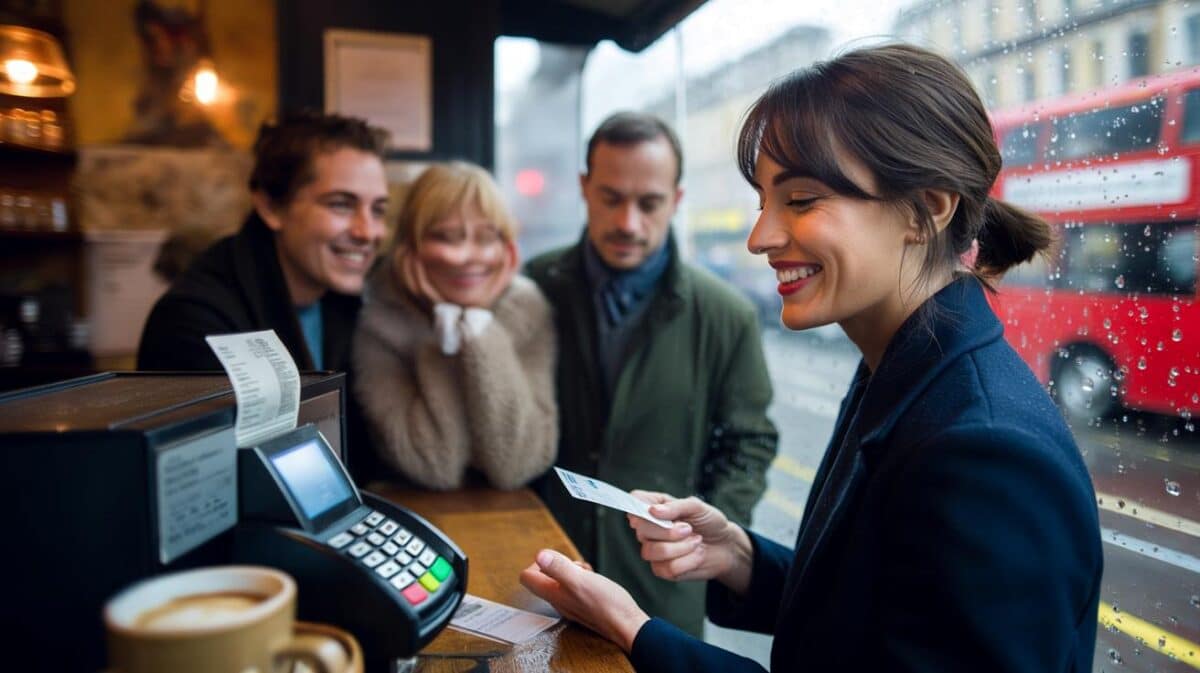
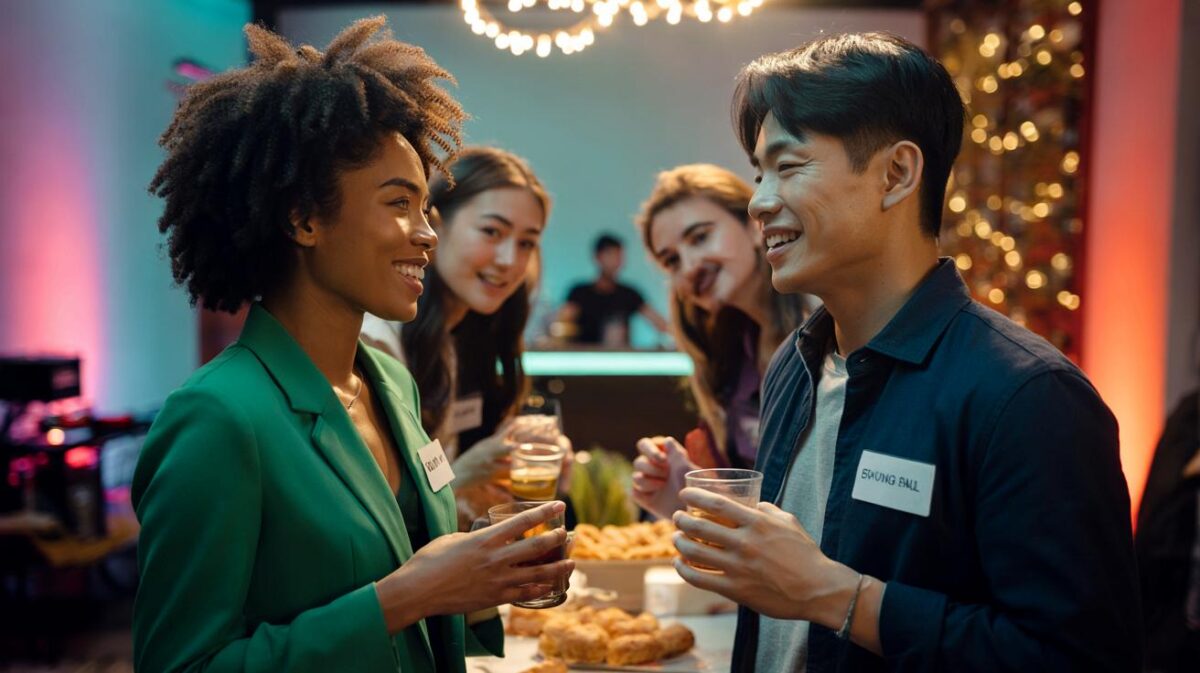
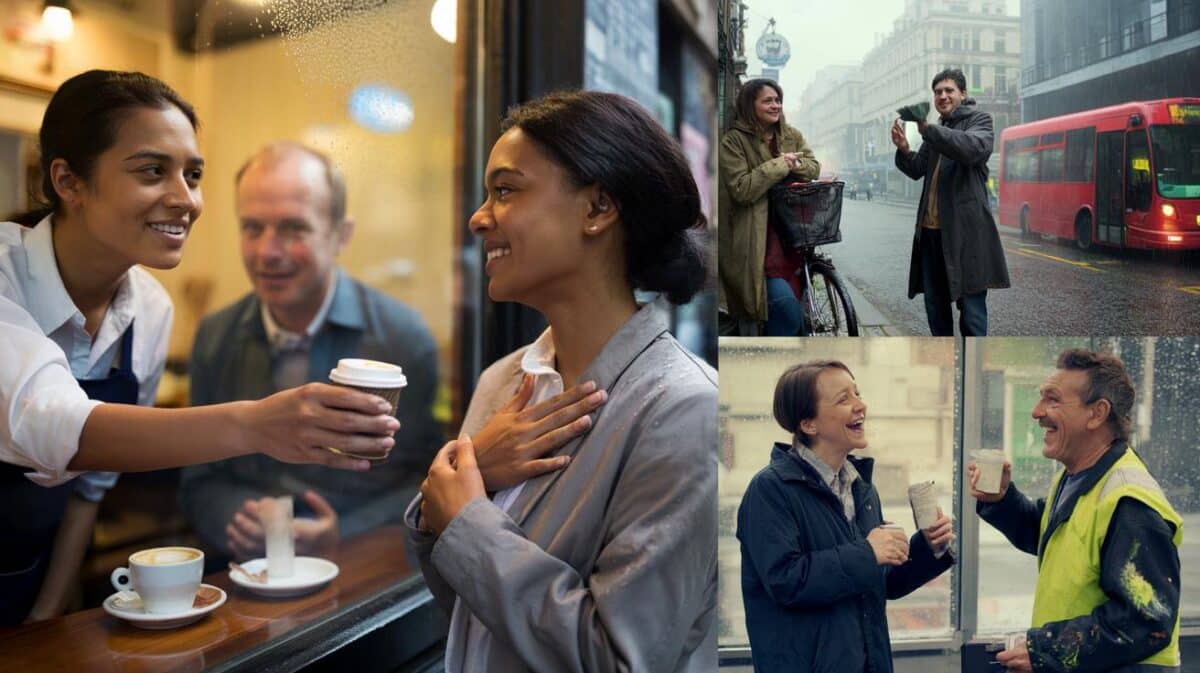
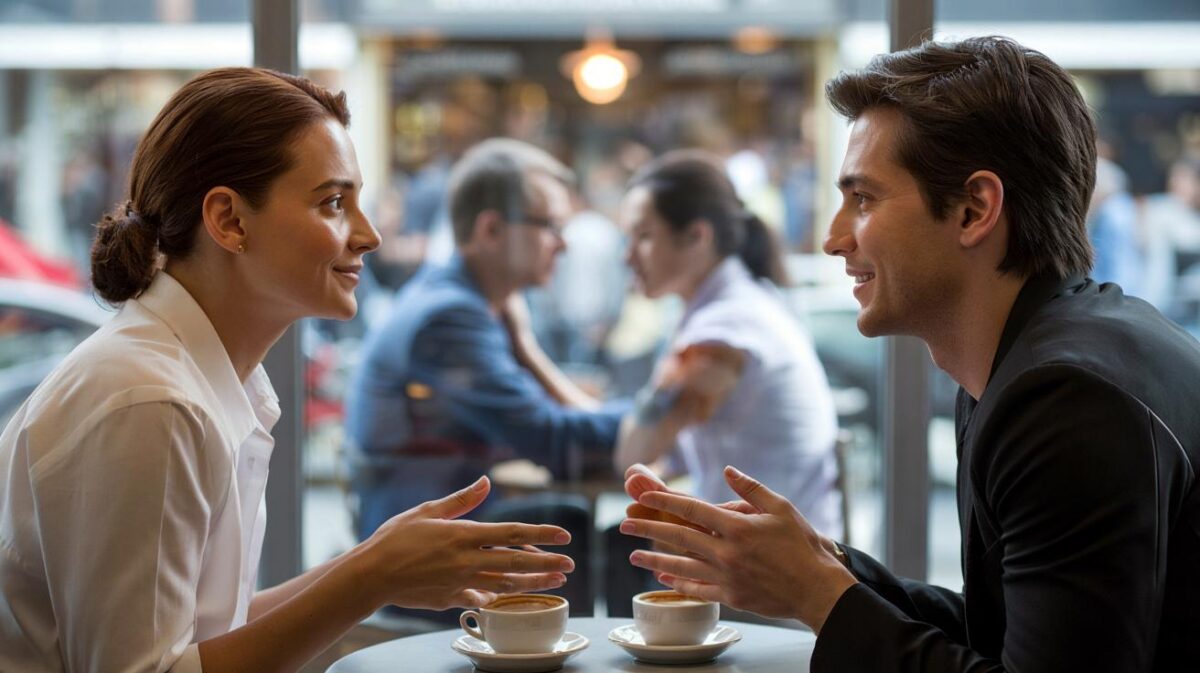
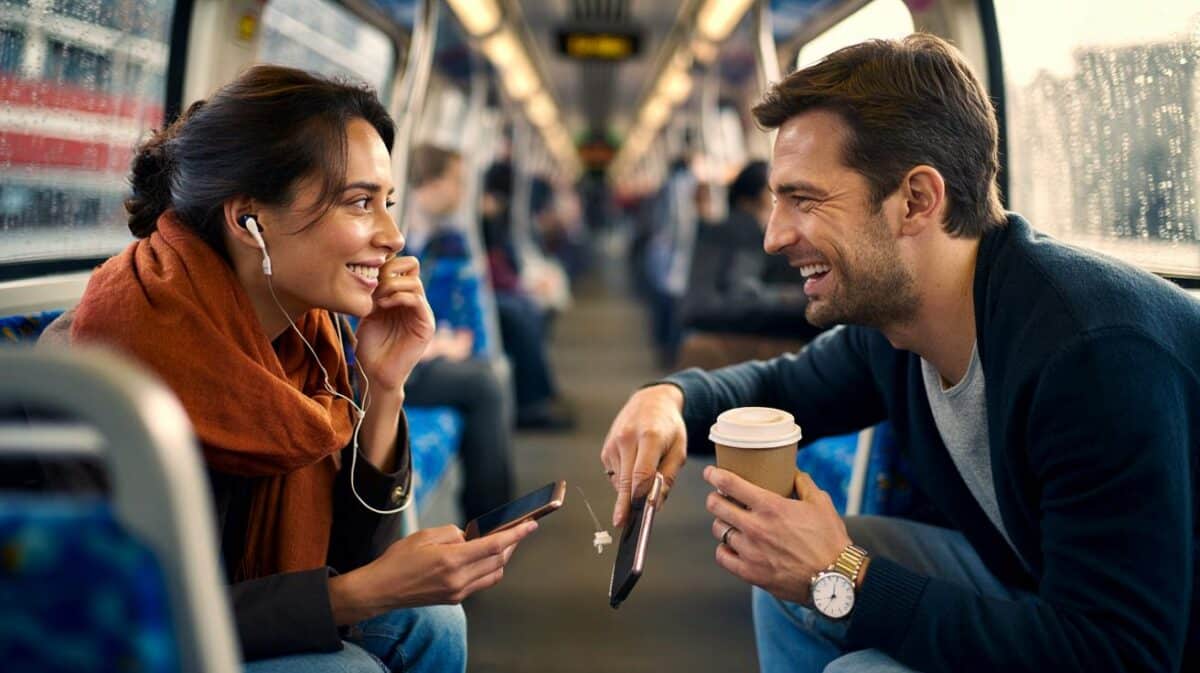
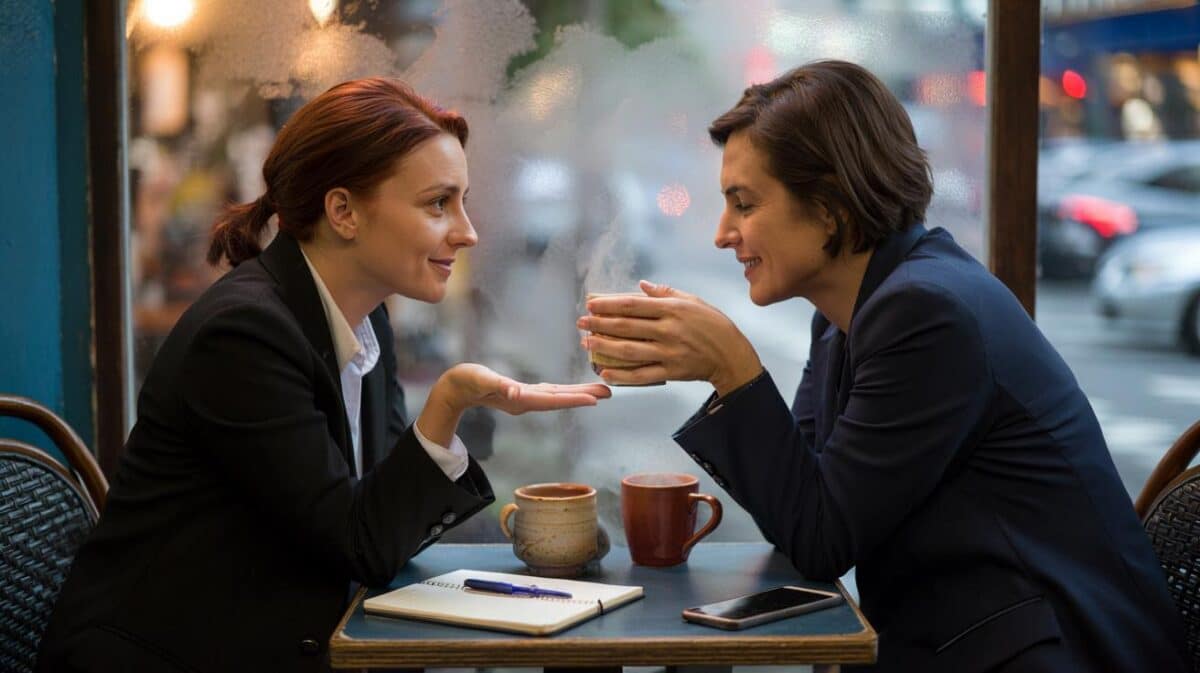
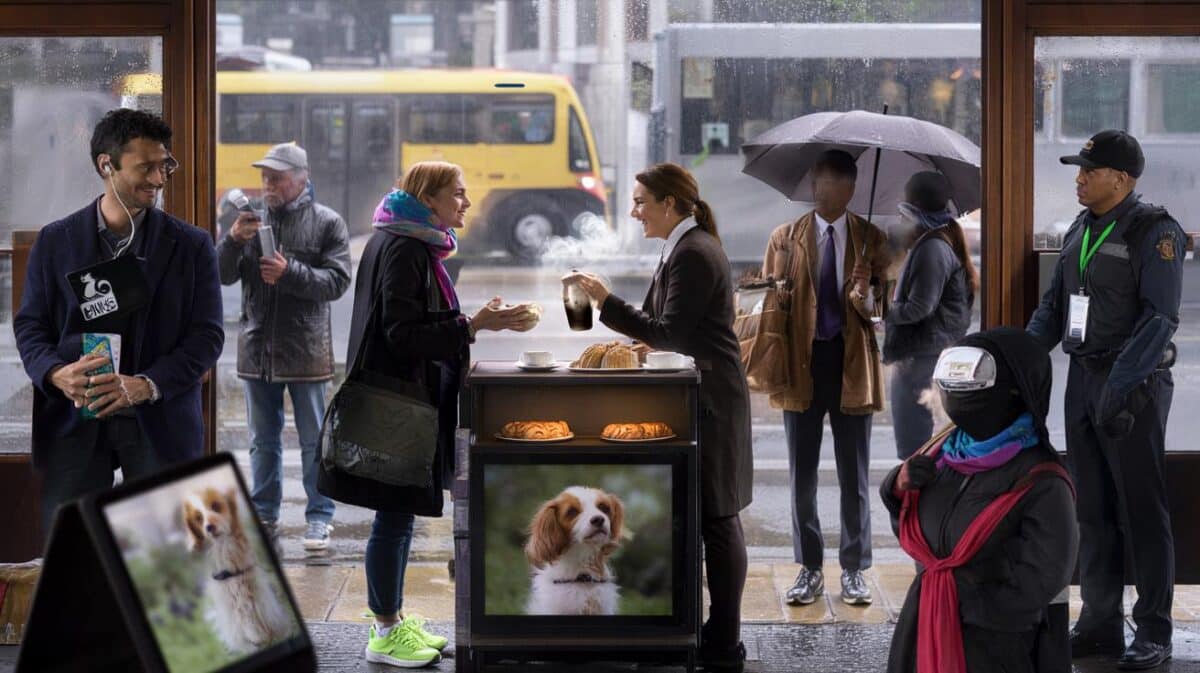
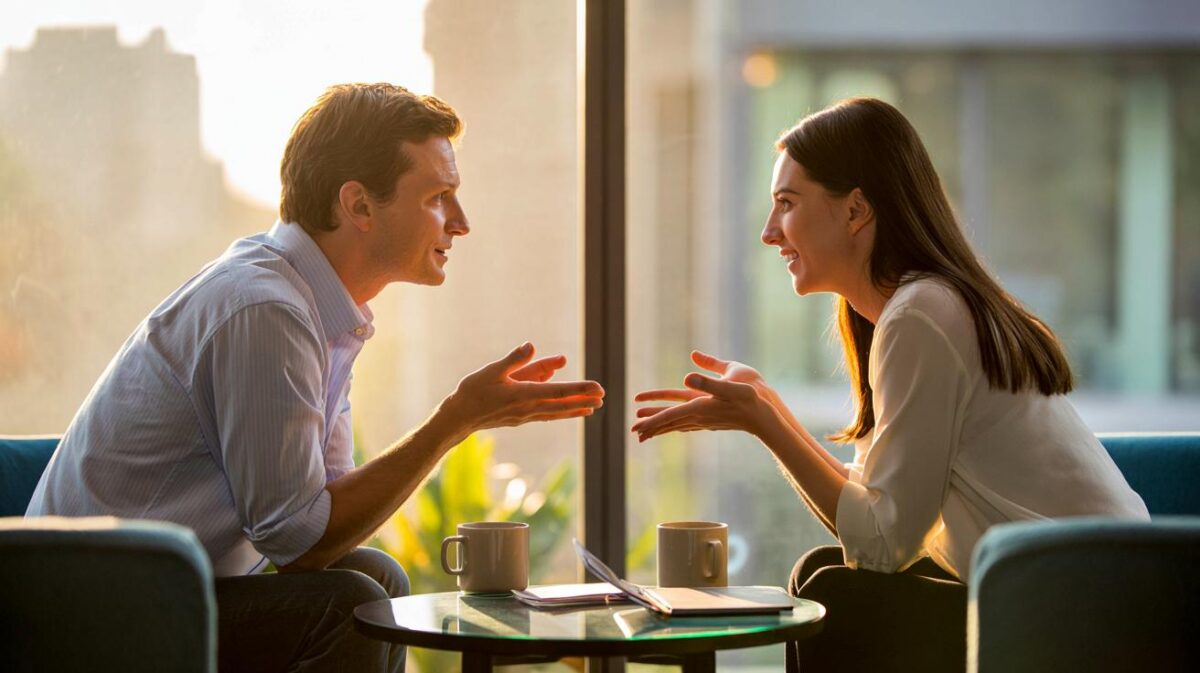
So my cat’s slow blink counts as active listening, rihgt?